Tree and shrub care can be incredibly complex and if you’re searching for information on trees and shrubs—or perhaps speaking with a Tree and Shrub Care Specialist—then you might find some terminology you’re not familiar with. For that reason, you might even be searching for how to understand trees & shrubs for dummies.
Of course, we don’t think you’re a dummy at all.
In fact, we think you’re incredibly savvy for wanting to know more about the trees and shrubs on your Cincinnati, Dayton, OH, or Northern KY property. We commend you for wanting to truly understand what’s going on with your trees and shrubs by searching for trees & shrubs for dummies and potentially landing on this article.
That’s why we’re writing this article. There are actually quite a few books with similar titles to Trees & Shrubs for Dummies but those get pretty extensive or may be highly specialized. What we’re trying to do with this article is share all of the possible tree and shrub terms that you might hear from a specialist so that you can have a better understanding of what’s going on in your landscape.
Trees and Shrubs for Dummies: Terms to Know
While you won’t be getting tested on your knowledge, we wanted to provide a thorough list of tree and shrub terms that you can refer to if needed! Any of these terms might come up when talking about the trees and shrubs at your Ohio or Kentucky home.
Tree Names/Groups
How trees are classified or grouped can get confusing. One of the reasons for the confusion is that people often use the terms “Evergreen” and “Conifer” (or “Coniferous”) interchangeably.
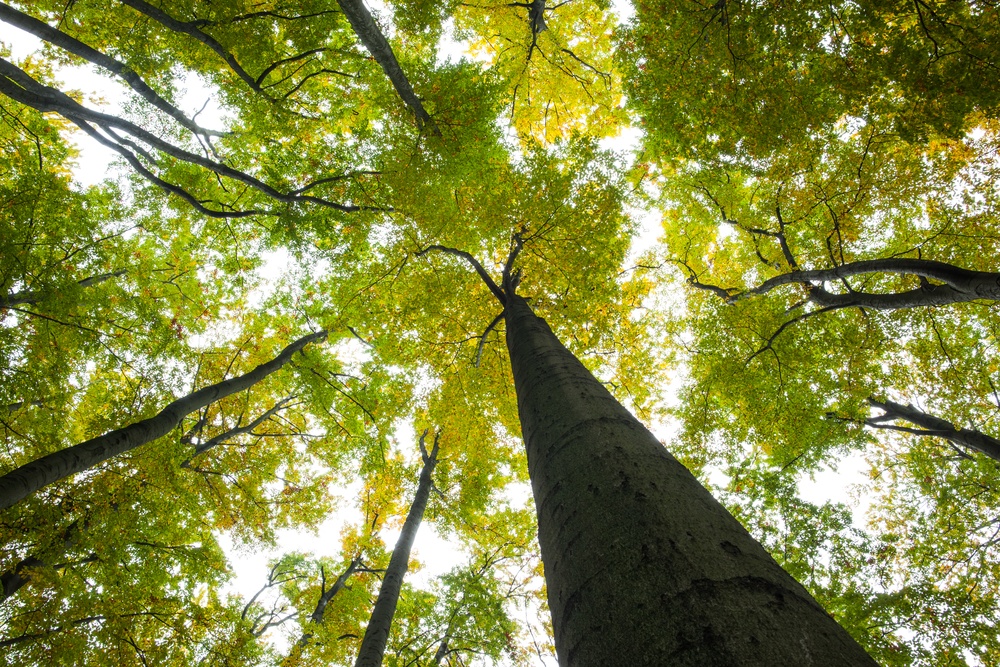
In reality, trees are classified as either Conifer or Deciduous, and Evergreen is a type of Conifer.
Here’s a bit more about those terms.
- Deciduous: These are trees that shed their leaves when the temperatures drop.
- Coniferous: The botanical definition of a conifer is a tree that reproduces via cones. Most conifers really are evergreen: pine and spruce trees are two common examples. But there are some conifers that lose their needles and are not evergreen.
- Evergreen: These are trees and shrubs that are green year-round. However, it’s important to note that even some evergreens will drop their old needles. We point this out because homeowners sometimes contact us saying something is wrong with their evergreen because it dropped some needles. But it’s totally normal for evergreens to shed old needles.
Diagnosing Terminology
There are also a number of terms thrown around in making tree and shrub health diagnoses. A “diagnosis” is important as it’s the first step in implementing the proper treatment.
Abiotic vs. Biotic
In making a diagnosis, a Tree and Shrub Specialist would want to know if this is happening from a biological entity or not. Biotic causes would be when a living organism is causing an interaction with the plant, such as an insect, a fungus, or a bacteria.
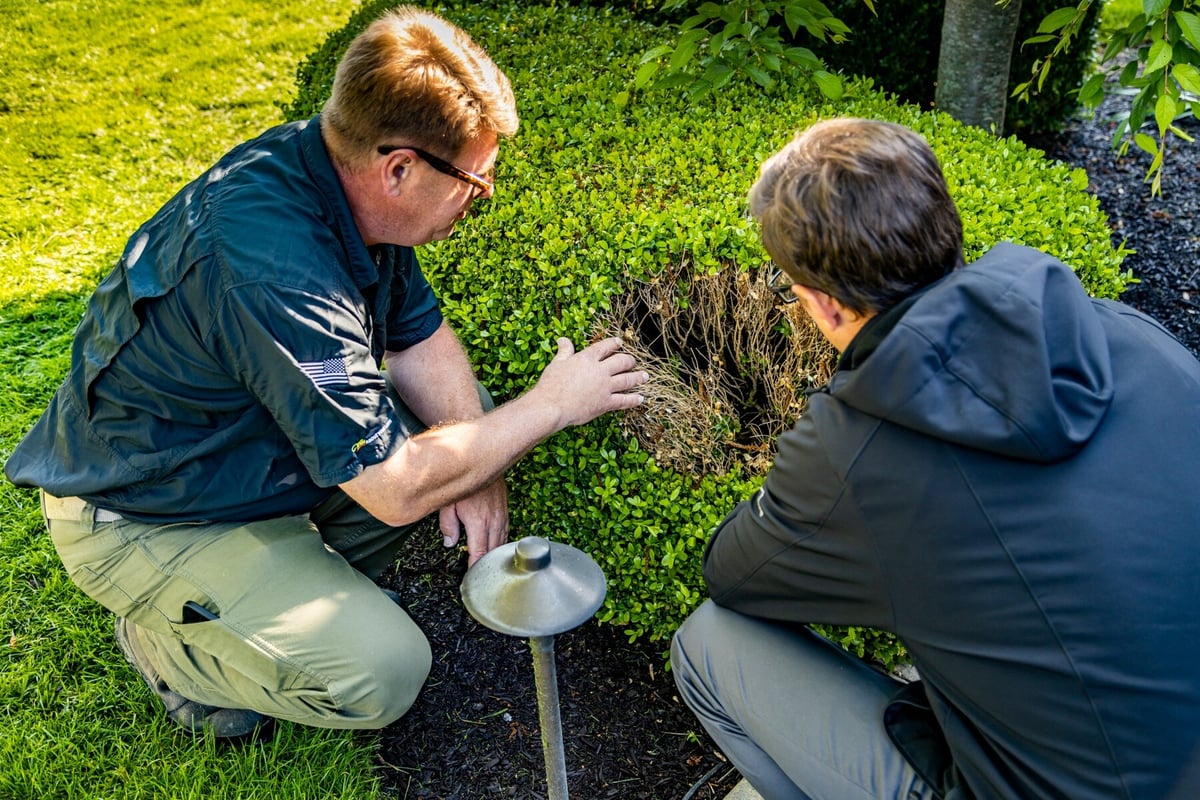
An abiotic cause would be a non-living cause like pollution, shade, construction damage, or soil structure.
Mites vs. Insects
In diagnosing a tree or shrub problem, you might hear the terms mites and insects thrown around. It’s important to note that mites differ from insects in that they have only two main body parts. Mites actually belong to the Arachnida class, which includes spiders.
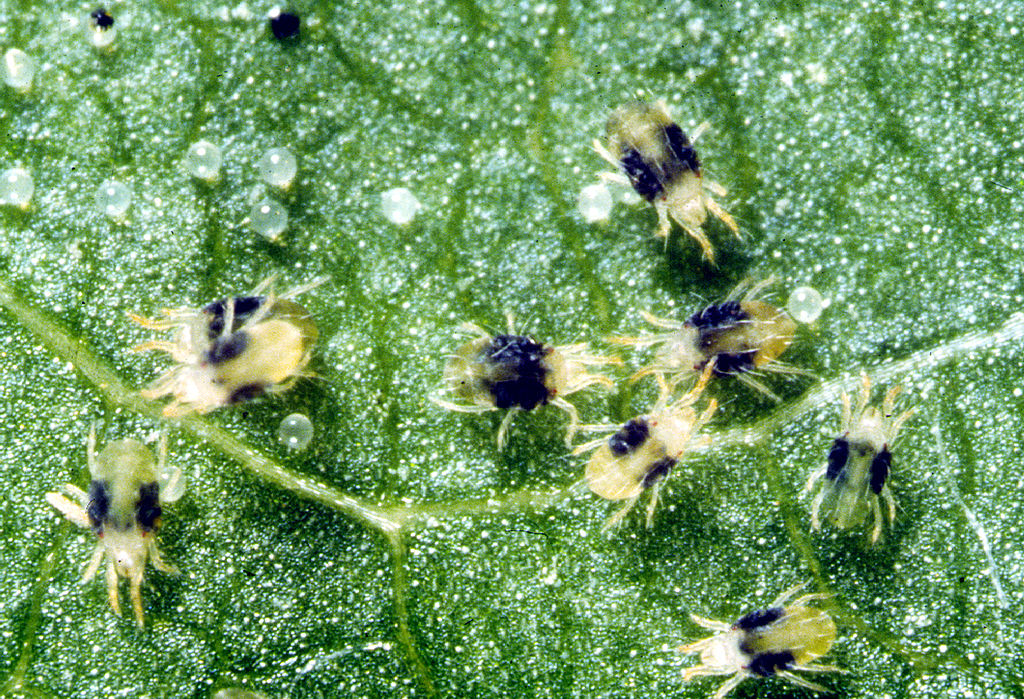
Many homeowners don’t even realize that mites are a potential threat to their plants. Spider Mites, in particular, can be a serious problem. But not all mites are harmful. In fact, there are some beneficial mites that exist in the ecosystem which feed upon the harmful mites. That’s why it’s so important that your Plant Health Care professional is utilizing products that attack the harmful mites while leaving the beneficial ones alone.
Disease
Another potential problem that can plague trees and shrubs is a disease. Contrary to what many believe, not all diseases have fungi associated with them.
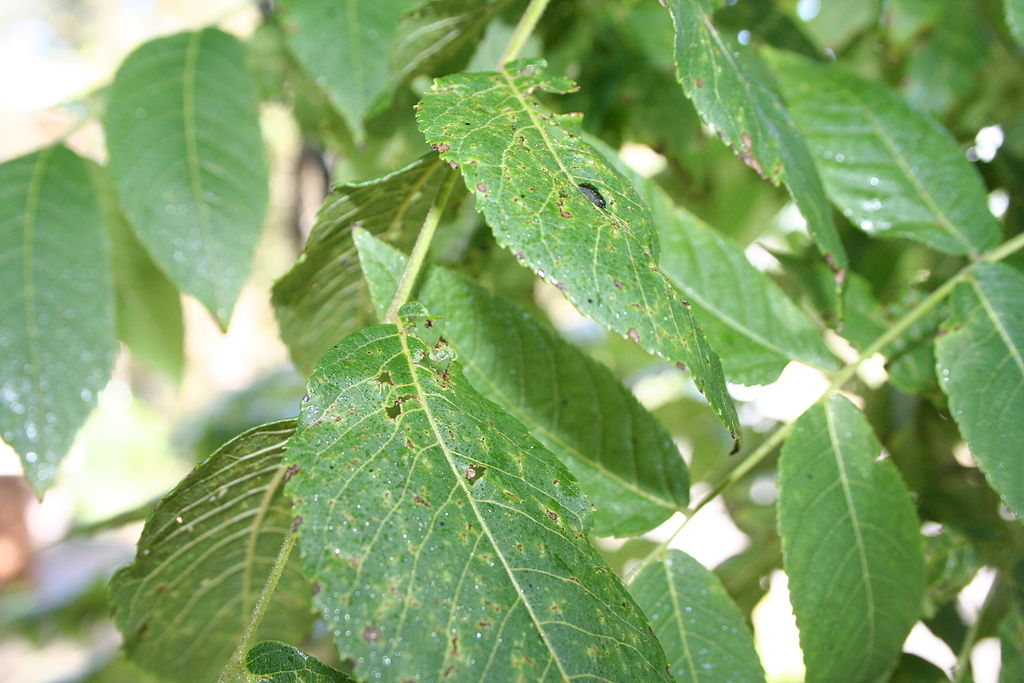
“Disease” is the primary category and fungus and bacteria are subsets of that. It’s important to determine whether it is a fungus or a bacteria that is affecting your plants as the treatments will differ.
Treatment Terminology
Once a diagnosis is made, there will also be terms used around treatment options. Let’s look at some of those.
Types of Applications
When it comes to applying products, there are different modes of delivery.
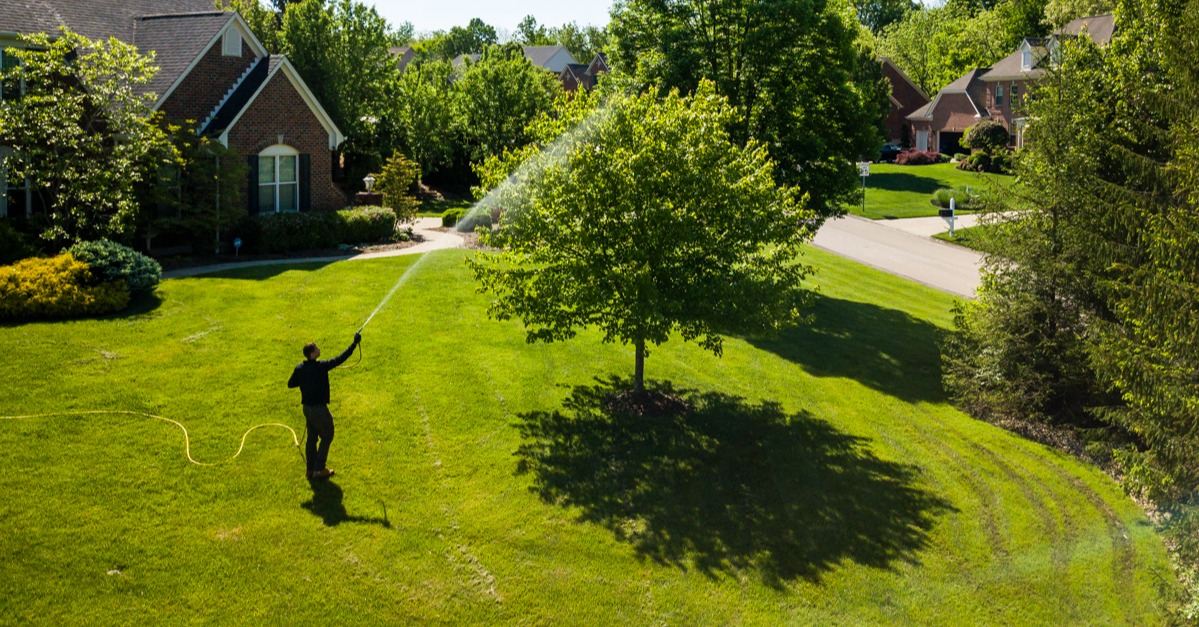
- Systemic: A systemic application is going to be absorbed by the plant and distributed throughout its tissues through a process called “translocation.” For instance, we use a systemic product for Scale Insects, which we spray on the trunk of the tree and is translocated throughout the entire tree.
- Contact: Contact products are the opposite of systemic. They only cover a plant’s surface, where they are applied, and must make direct contact with the problem in order to treat it.
- Spraying: “Spraying” is another term that gets used when talking about treatment. Products can be sprayed onto the leaves or the trunk of a plant.
Injection: Injecting products either into the soil or the trunk is another way to apply products.
Plant Health Terminology
There are also a number of terms related to the plant’s health (and the maintenance of its health).
Tree and Shrub Care vs. Plant Health Care
First and foremost, we want to mention both of these terms since you might notice we use them interchangeably. Both of these refer to the care of trees and shrubs using a combination of best practices and treatment protocols. At Oasis Turf & Tree, we call it our Tree and Shrub Care program, but also sometimes refer to it as Plant Health Care.
Integrated Pest Management
Integrated Pest Management (or IPM) is a term used for an eco-conscious strategy that focuses on the long-term prevention of pests with various solutions. Oasis Turf & Tree does not solely use IPM as we do incorporate control products when needed, but we do employ many practices that fall under the IPM approach.
Let’s look at some of these.
- Soil Health: Poor soil health is at the heart of so many problems, so Oasis is incredibly focused on improving the health of the soil. Naturally, healthy soil is full of beneficial microorganisms like fungi and bacteria, which help a plant to digest nutrients. These microorganisms also help strengthen your lawn against disease and pests. Healthy, biologically active soil has a highly diverse array of this microscopic life.
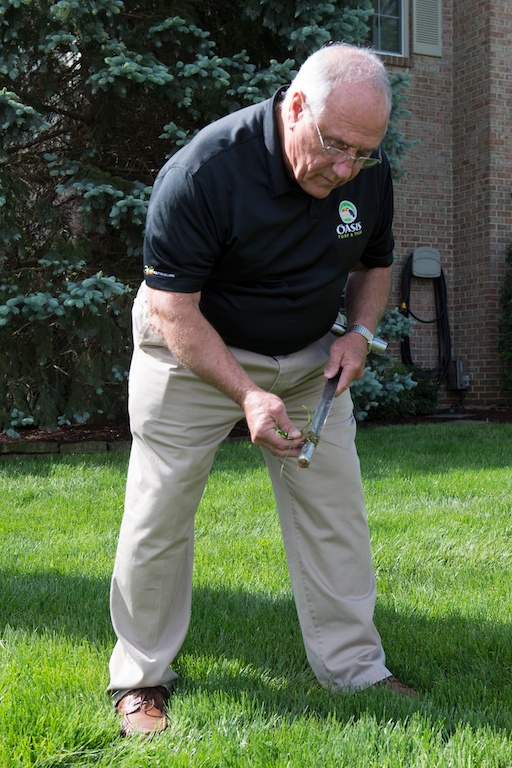
- Cultural Practice: Cultural practices is simply terminology that refers to the steps taken to care for a plant like watering, pruning, and fertilizing.
- Pruning: As mentioned above, pruning is an important cultural practice to care for a plant. Pruning is the process of making strategic cuts to remove dead or dying plant material to improve the overall health of the plant. Terms like shearing and trimming are sometimes used interchangeably with “pruning,” but incorrectly. Shearing and trimming refer to how you’d clean up a shrub such as a hedge. Care isn’t being taken to strategically cut off dead material, this has more to do with shaping.
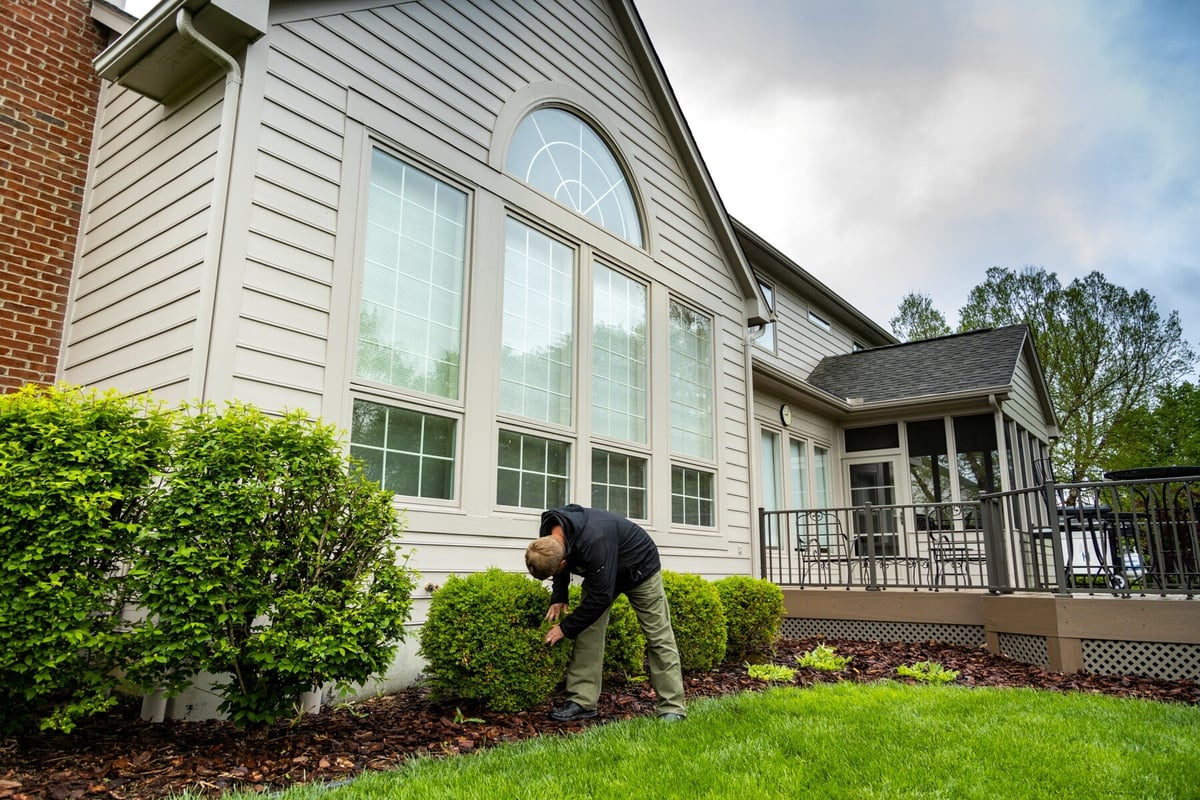
- Fertilization: Tree and shrub fertilization is important because when planted far away from their native soils, trees and shrubs are often lacking in nutrients they need to perform their best. We’ll share more fertilization terms further down if you’re looking for more information.
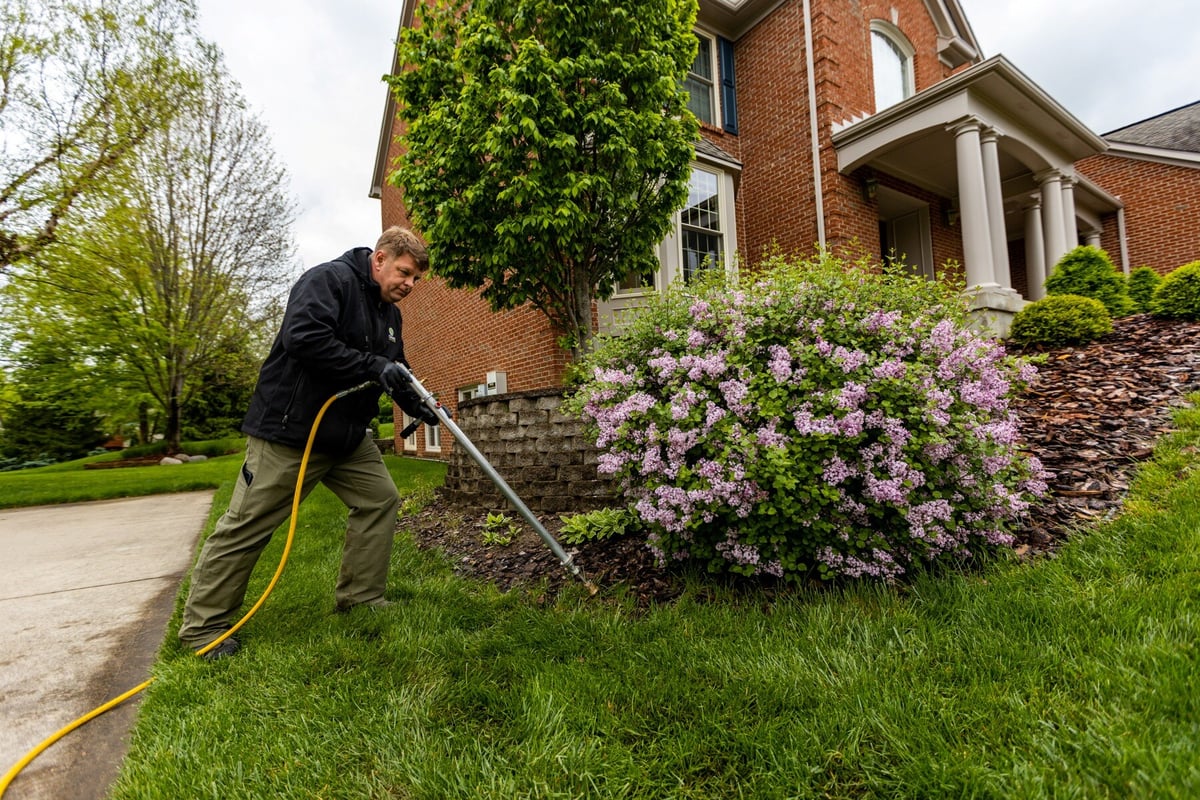
- Proper Planting: Another factor that’s often not considered in plant health is how the plant was installed in the first place. There is a “right” and a “wrong” way. If plants were improperly planted, they are always going to struggle and be prone to not only pest but disease problems, too. Depth and spacing are two major considerations when installing a plant.
- Girdling Roots: When not planted properly, trees and shrubs can develop girdling roots. Roots are supposed to grow away from the crown but if they start growing in circles and actually surround the tree, they can begin to strangle it. This ends up being a huge cause of many tree problems.
Fertilization Types
As we mentioned above, trees and shrubs can benefit from some extra care. But the way that you fertilize these plants will make a difference.
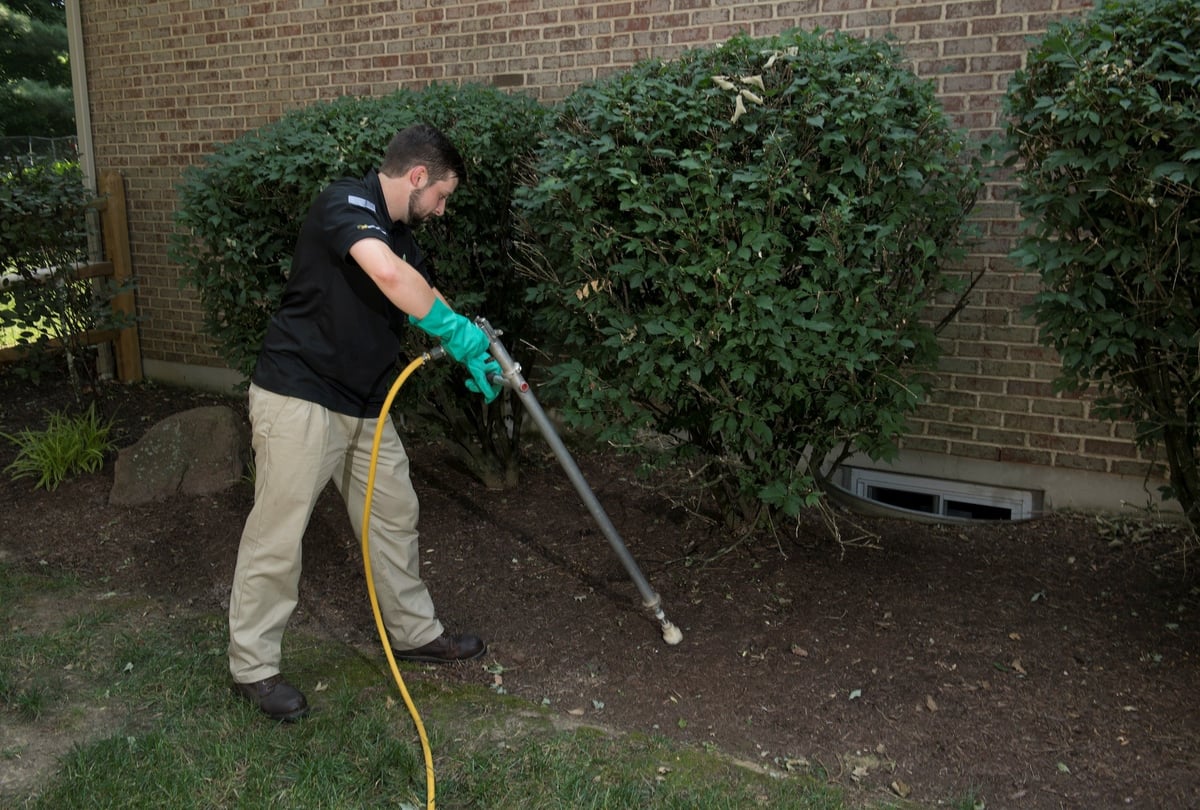
- DIY Tree Spikes: While the big box stores sell tree fertilizer spikes, it’s simply not going to distribute the fertilizer evenly throughout the root system, where trees need it the most.
- Deep Root Fertilization: What trees really need is deep root tree fertilization. At Oasis Turf & Tree, our deep root tree fertilization is a custom blend of essential elements plus bionutritional materials which restores soil health, develops even more tiny fibrous roots, and replaces many of the natural elements found in forest soil that suburban landscapes simply don’t have.
- Bionutrition: It’s important to note that not all Tree and Shrub Care program is going to include bionutrition, but at Oasis, we understand how important beneficial microorganisms are to a plant’s health. The best tree fertilizers have nitrogen, phosphorus, potassium, and also bionutritional materials that enhance root development. This goes beyond what conventional tree fertilizers can do.
Who Cares for Your Plants?
Finally, let’s look at some terminology around the professionals who care for your landscaping.
Licensed vs. Certified
“Licensed” and “Certified” are two terms that both have to do with the qualifications of the people caring for your landscape.
The state of Ohio’s minimum requirement is that someone on the team is Licensed. But Oasis Turf & Tree goes far beyond the bare minimum training requirements.
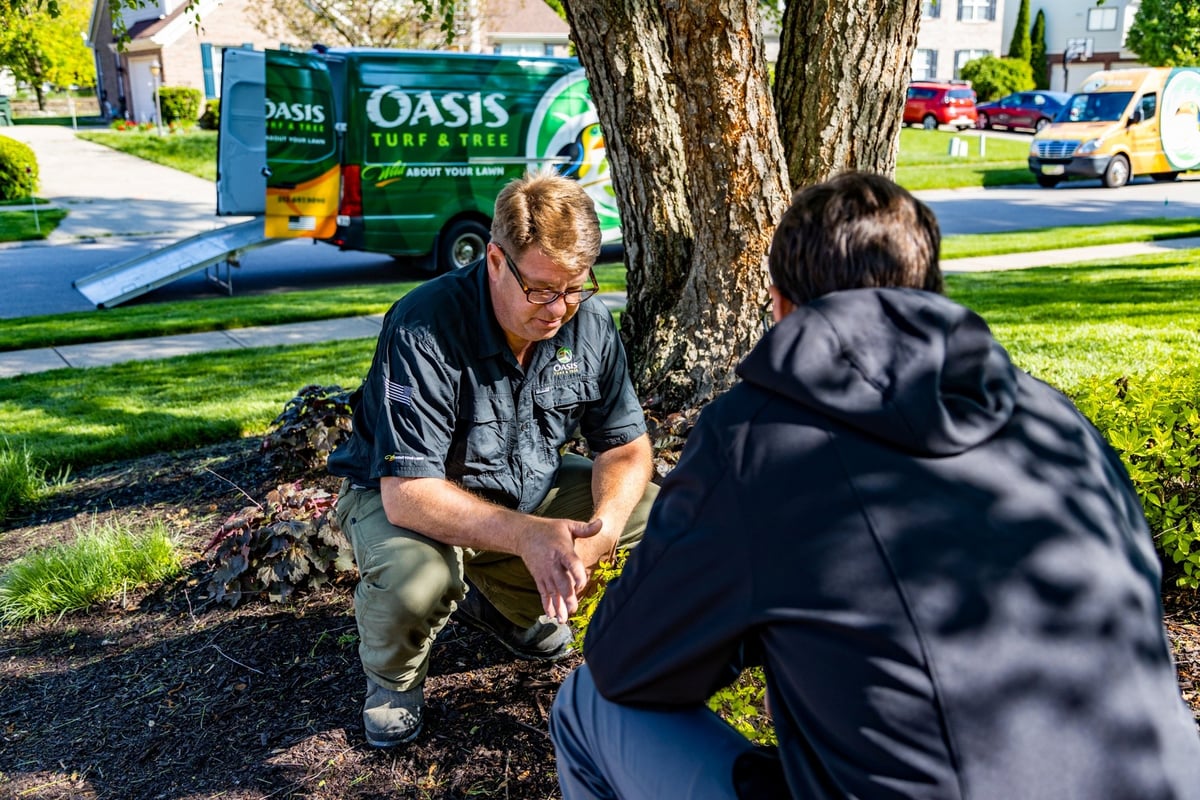
We encourage all of our team members to become Licensed, and the majority of them are.
On top of that, we also take the next step and encourage team members to become “Certified,” which is done through our industry’s national trade organization, the National Association of Landscape Professionals (NALP).
- The first advancement is the NALP Lawn Care Technician certification. This comes with a pay raise.
- The next advancement is the NALP Certified Horticultural Technician certification, which focuses on plant knowledge and comes with another raise.
Companies that Perform the Work: Arborists vs. Lawn/Tree Care Companies
In looking at who will take care of your landscape, you might also find there are both arborists out there and companies like ours that are lawn care companies with a tree and shrub care program.
Arborists are typically tree-centric and more specialized. They would handle pruning and also work on large and mature trees.
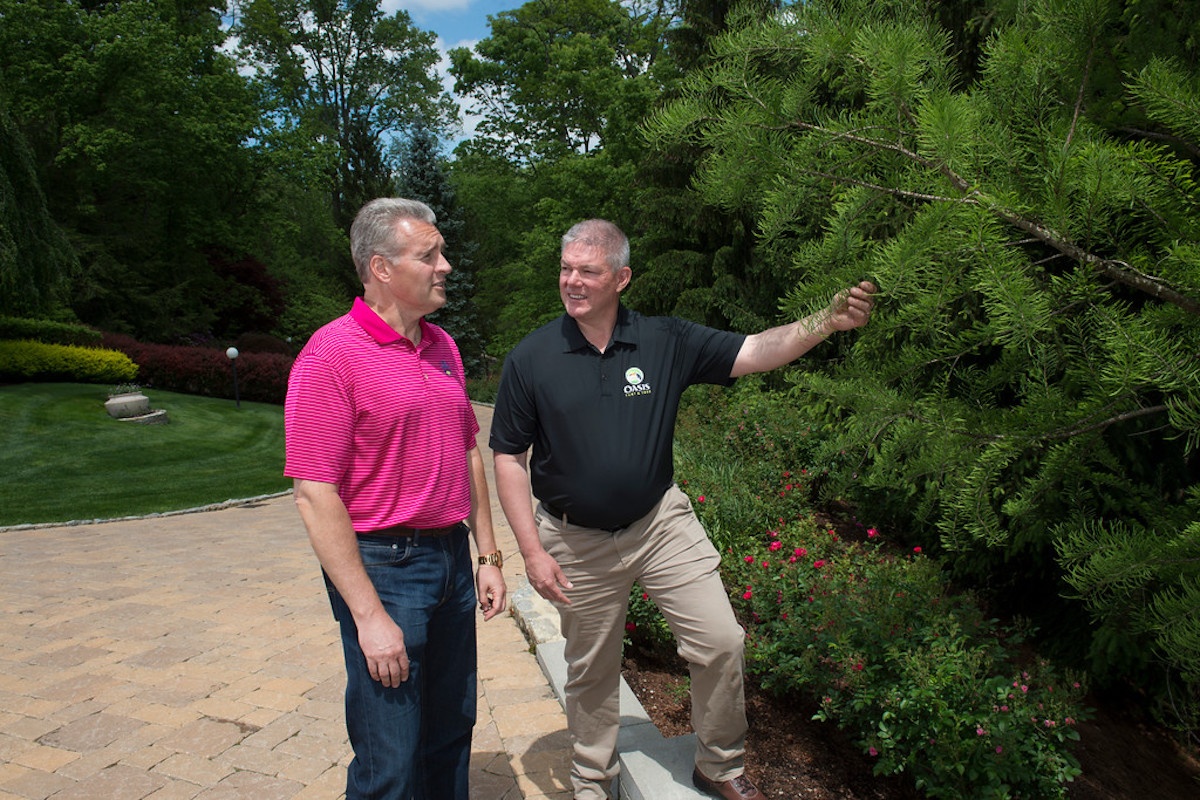
At Oasis Turf & Tree, we are working on ornamental trees and shrubs, which would be those that are 20 feet or less in height. We don’t handle pruning but instead are focused on services that will improve the overall health of the plants in your landscape like fertilization, insect control, soil health, and specialized mite control.
Trees and Shrubs for Dummies: Your Smart Choices Lead to Strong Trees and Shrubs
At the end of the day, we know that you’re no dummy. You know that your choices have a direct impact on the health of your trees and shrubs, which is why you’re making the effort to learn more about what’s needed (and what it all means).
At Oasis Turf & tree, we are here to assist in any way that we can. If you have any questions on terminology that weren’t answered in this article, we’re always here to help.
We understand that your trees and shrubs are a valuable part of your property and you are committed to protecting them. With the help of Oasis Turf & Tree, we want to help you get the full enjoyment out of your landscape without the worries!
If you want to find out more about tree and shrub health care for your Cincinnati, Dayton, OH, or Northern Kentucky home, call us today at 513-697-9090 to get your quote, let us help you choose a stand-alone program or bundle it with other services, and then sit back and relax knowing your new trees and shrubs are in good hands.
Image Source: Spider Mite, Thousand Cankers Disease
